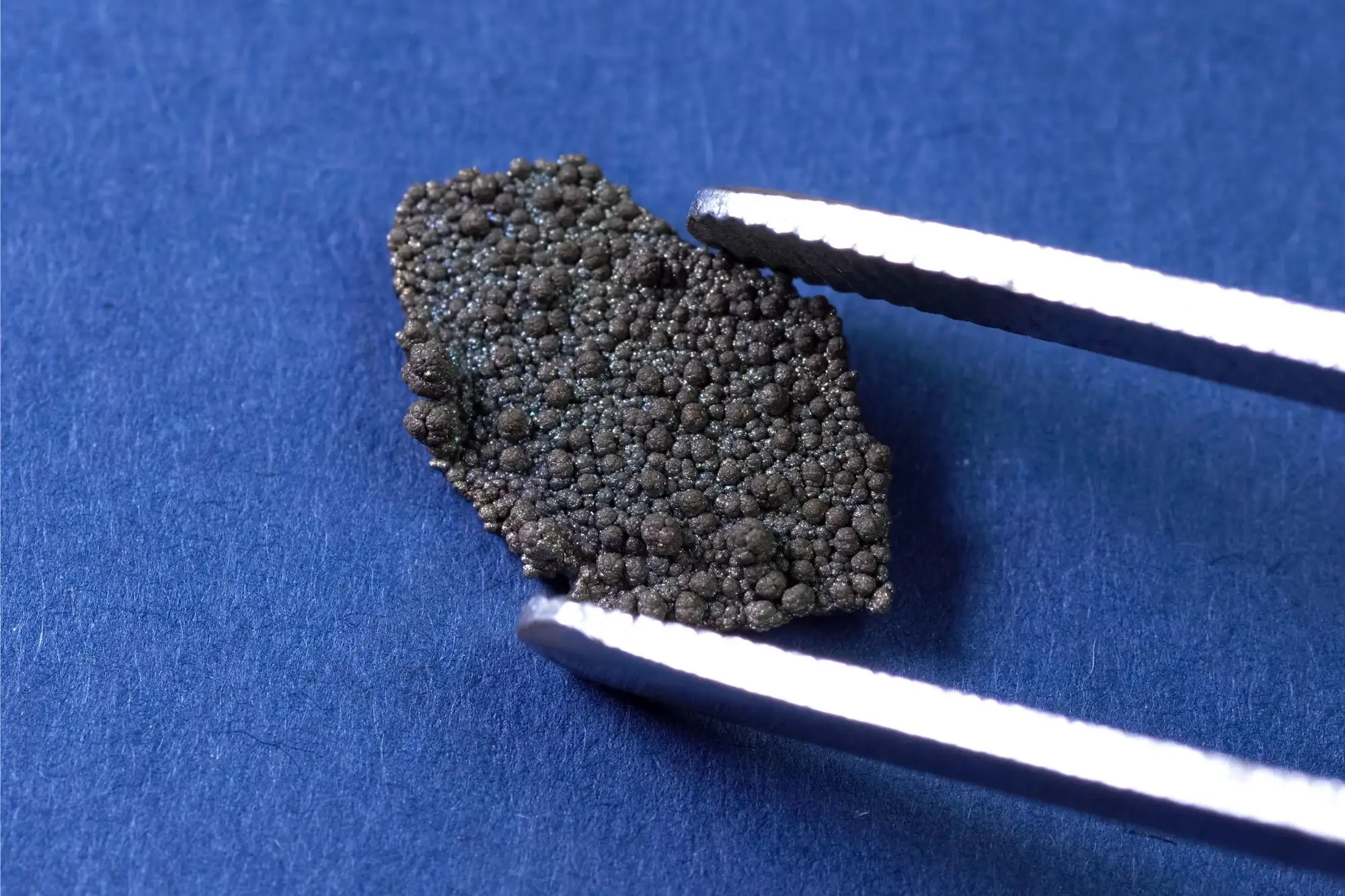Manganese is a natural element that is commonly found in water sources. Although essential for human health in small amounts, excessive exposure to manganese in drinking water can be harmful. High levels of manganese in drinking water can lead to neurological symptoms such as tremors, muscle stiffness, and developmental issues. Additionally, long-term exposure to manganese in drinking water can lead to health problems such as liver and kidney damage.
Contamination causes disproportionate harm to low-income communities.
Scientists have found that water in California’s Central Valley contains excessive amounts of manganese, which can lead to cognitive impairment and impaired motor function in children, as well as Parkinson’s-like symptoms in children. the adults.
Manganese, a naturally occurring metal, is found in water sources around the world. In many Southeast Asian countries where the hot climate leads to seepage into groundwater, it is regulated as a primary contaminant. However, in the United States it is only regulated as a secondary contaminant, with no enforceable maximum limit.
A new study by UC Riverside shows that, among Central Valley communities, the highest concentrations of manganese are found in untreated private well water systems. However, researchers have also found it in public water systems at higher concentrations than studies have shown can cause adverse health effects.
The study, published in the journal Environmental science and technologynot only measured manganese levels in Central Valley water supplies, but also mapped areas of highest concentration based on annual income levels.
Overall, the research team estimates that nearly half of all domestic well water users in the Central Valley live in disadvantaged communities, as defined by annual income. Within this population, nearly 89% have a high probability of accessing water highly contaminated with manganese.
“That’s a relatively small number of people, compared to the total population of the state, who receive contaminated water. But for them, the health risks are high,” said Samantha Ying, soil scientist at UCR and lead researcher on the study. “These people are particularly concentrated in disadvantaged communities, so if they wanted to monitor and treat the water, they would have a hard time doing it,” Ying said.
Point-of-use treatment options range from oxidation and precipitation filters to water softeners, chlorination and reverse osmosis systems. But water quality monitoring devices can cost up to $400 a year, and treatments for manganese-contaminated water are just as expensive.
“You can buy manganese filters, but a lot of people can’t afford them. We hope people in these communities can be subsidized to buy treatment options,” Ying said.
Previously, the research team found that manganese-contaminated groundwater tends to be found at relatively shallow depths, compared to arsenic. They wondered if digging deeper wells would avoid manganese contamination. Unfortunately, this strategy is unlikely to be effective.
“Using existing predictions from groundwater models of manganese concentrations at deeper depths did not change the number of wells likely to be contaminated,” Ying said.
The conditions that cause arsenic and manganese to leach are similar, so they tend to appear in groundwater in tandem. Arsenic has long been regulated as a primary contaminant in the United States. “Wells are labeled dangerous if they contain arsenic, but not if they contain manganese,” Ying said. “Thus, the number of wells considered safe may be grossly overestimated.”
Additionally, the researchers used a benchmark of 300 parts per billion manganese to assess water quality. This is a level of manganese contamination that some studies have linked to neurodevelopmental problems, especially for fetuses and infants during early growth periods. However, it is likely that adverse effects may occur at lower levels.
“New studies from Canada, where manganese is now a primary contaminant, show there can be effects at 100 parts per billion,” Ying said. “We were conservative at 300.”
This study focused on the Central Valley in part because the conditions that cause manganese to move from aquifer materials into the water are so prevalent there. It is likely that drinking water from wells in other parts of the state is similarly contaminated. More than 1.3 million Californians rely on unmonitored private wells.
“The exposed population is much larger than we think. There are many communities across the state that drink from private wells,” Ying said.
Reference: “Disparities in Drinking Water Manganese Concentrations in Domestic Wells and Community Water Systems in the Central Valley, CA, USA” by Miranda L. Aiken, Clare E. Pace, Maithili Ramachandran, Kurt A. Schwabe, Hoori Ajami, Bruce G. Link and Samantha C. Ying, January 25, 2023, Environmental science and technology.
DOI: 10.1021/acs.est.2c08548

